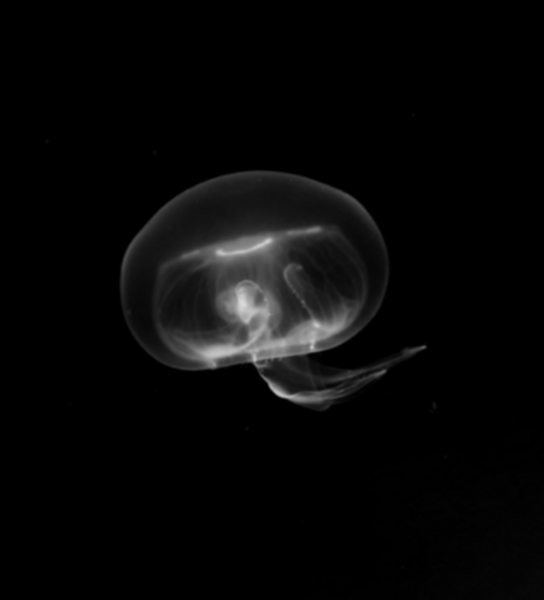Chemoreception in Aurelia aurita studied by AI-enhanced image analysis
(1) Flintridge Preparatory School, (2) California Institute of Technology
https://doi.org/10.59720/24-052
Jellyfish have not significantly changed in anatomy or physiology for over 500 million years. Their nervous system offers valuable insights into the function and evolution of more complex systems. Jellyfish were long believed to be passive feeders, capturing hapless prey with their tentacles. However, several groups have shown active responses to food and chemical cues as well as active movements within the water column, but these studies lacked a detailed quantification of jellyfish pulsation. Pulsation is a quantitative indicator of neural activity but is challenging to measure in moving jellyfish. To address this challenge in measuring pulsation, we developed Jellyfish Tracking and Analysis (JeTA) in Python, utilizing the YOLOv5m artificial intelligence (AI) to precisely identify, track, and quantify the pulsation of swimming jellyfish. We studied the chemoreception of the free swimming, bell shaped, adult stage (medusae) of Aurelia aurita towards a concentrated Artemia extract. We hypothesized that when A. aurita were exposed to a concentrated water-borne Artemia extract, they would demonstrate an active feeding response by increasing their pulsation behavior. We observed a strong behavioral response in the presence of the Artemia extract, with medusae increasing their pulsation rate. We also observed rotationally propagated contractions on the bells of some of the jellyfish after the stimulus was added. Together, these results present a more detailed analysis of A. aurita’s response to food and show that A. aurita have the capability to sense and actively respond to food within their immediate vicinity.
This article has been tagged with: